20 Clever Ways to Stay Connected When All Else Fails
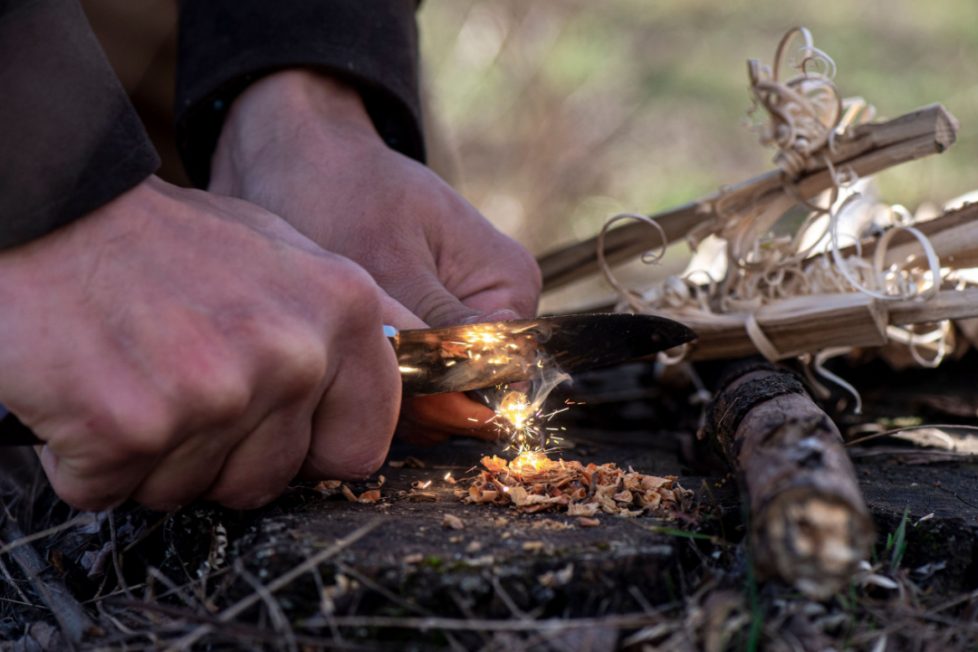
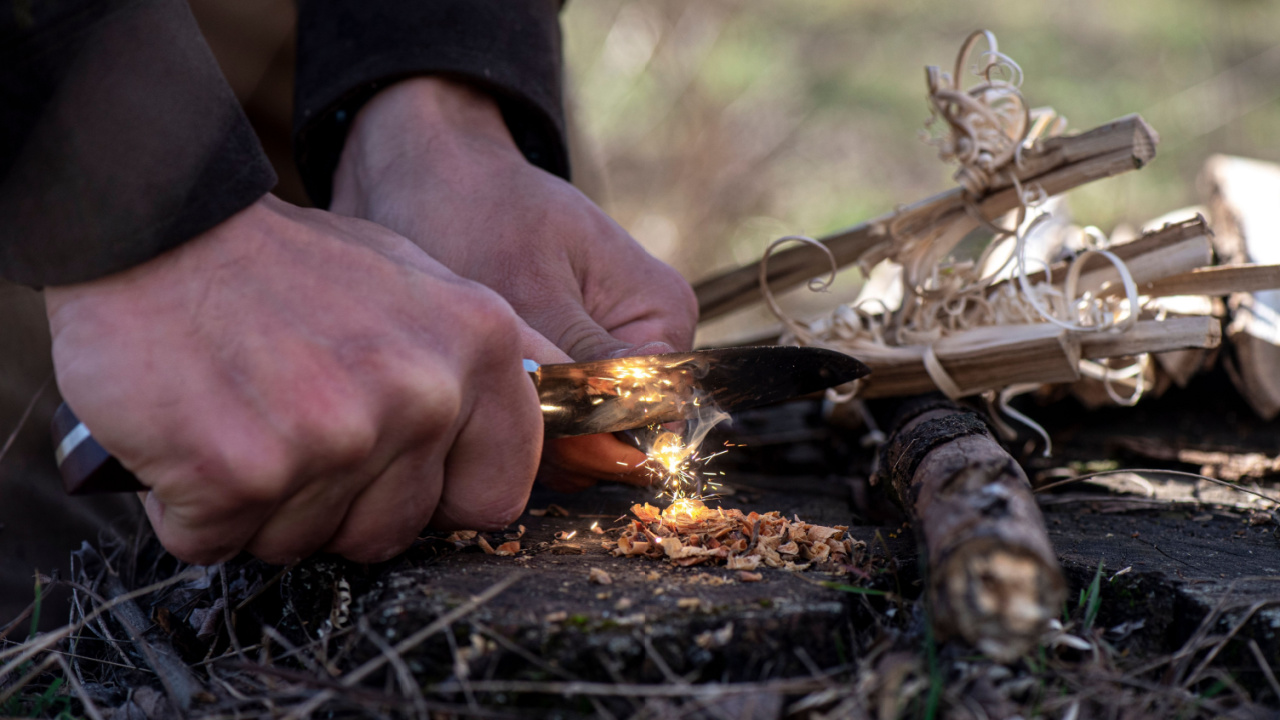
When disaster strikes, and traditional communication channels go down, staying in touch can be a challenge. But there are still plenty of creative ways to communicate when technology fails.
With recent natural disasters and power outages, relying solely on digital tools isn’t always an option. This list explores innovative and practical communication methods that have proven effective in emergencies.
We’ve selected these methods for their reliability and ease of use, even in the most challenging circumstances. These options stand out for their historical effectiveness and practicality when conventional systems aren’t available.
Before cell phones and satellite phones, ancient civilizations used smoke signals to send messages across long distances. Native American tribes, for instance, mastered this art by lighting signal fires and creating patterns of smoke to communicate warnings, share locations, or make contact.
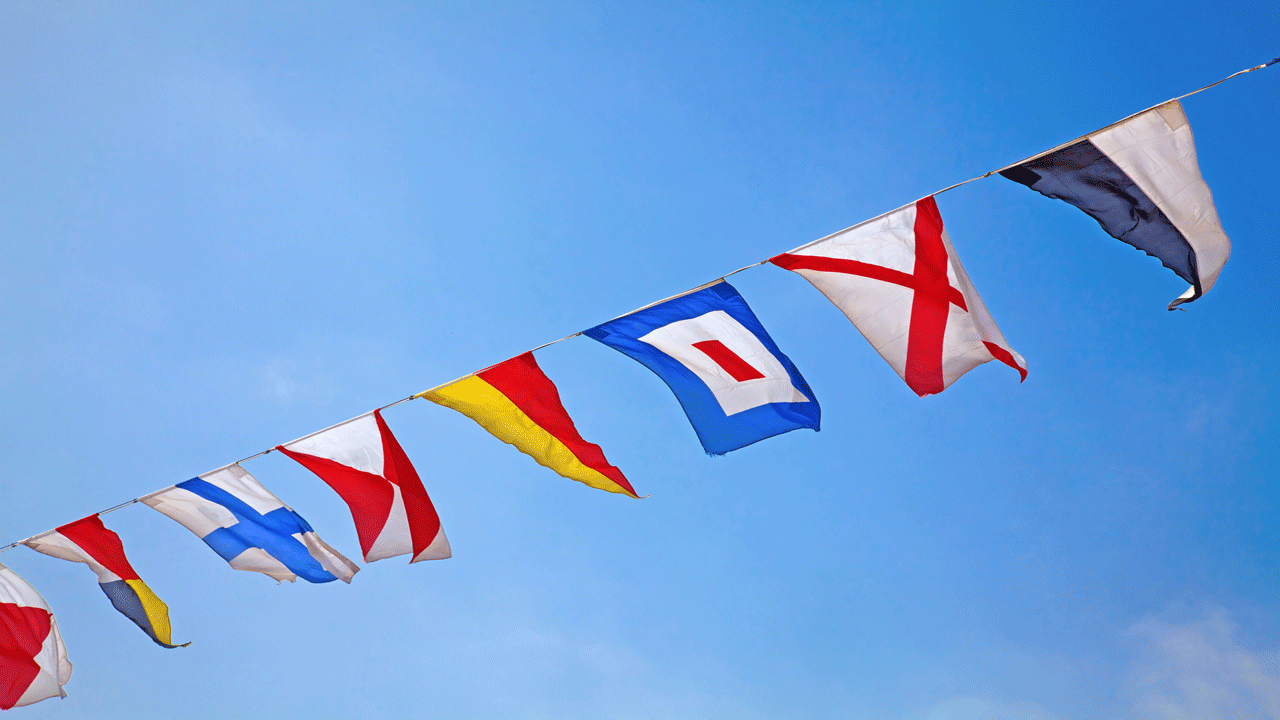
Semaphore is a visual signaling method that uses two flags held in different positions to represent letters and numbers. This technique can be used to relay messages across distances when other forms of communication are unavailable.

Historically, carrier pigeons were used to deliver important messages during wars and emergencies. However, they are not a viable modern method for reliable communication, especially with the advent of more advanced technology.
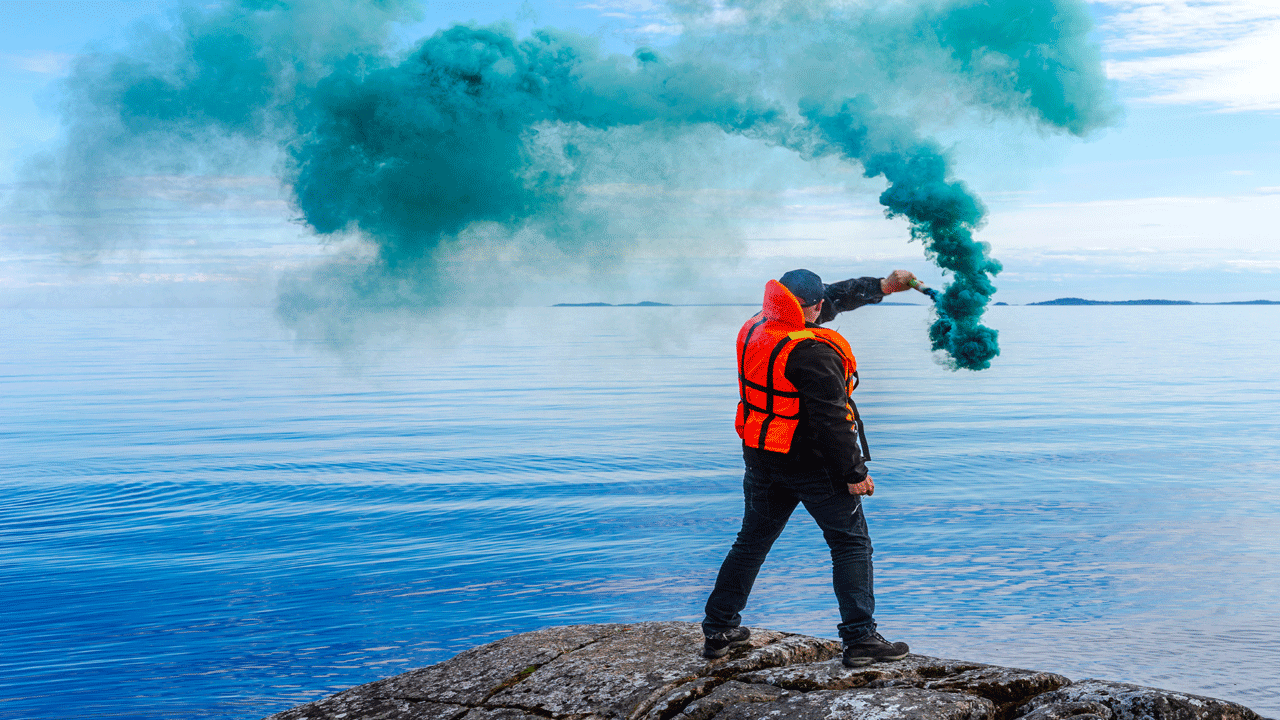
Indigenous peoples have used smoke signals for thousands of years to send basic messages across long distances. By creating puffs of smoke in specific sequences, people could convey simple messages like warnings or requests for help to neighboring tribes.
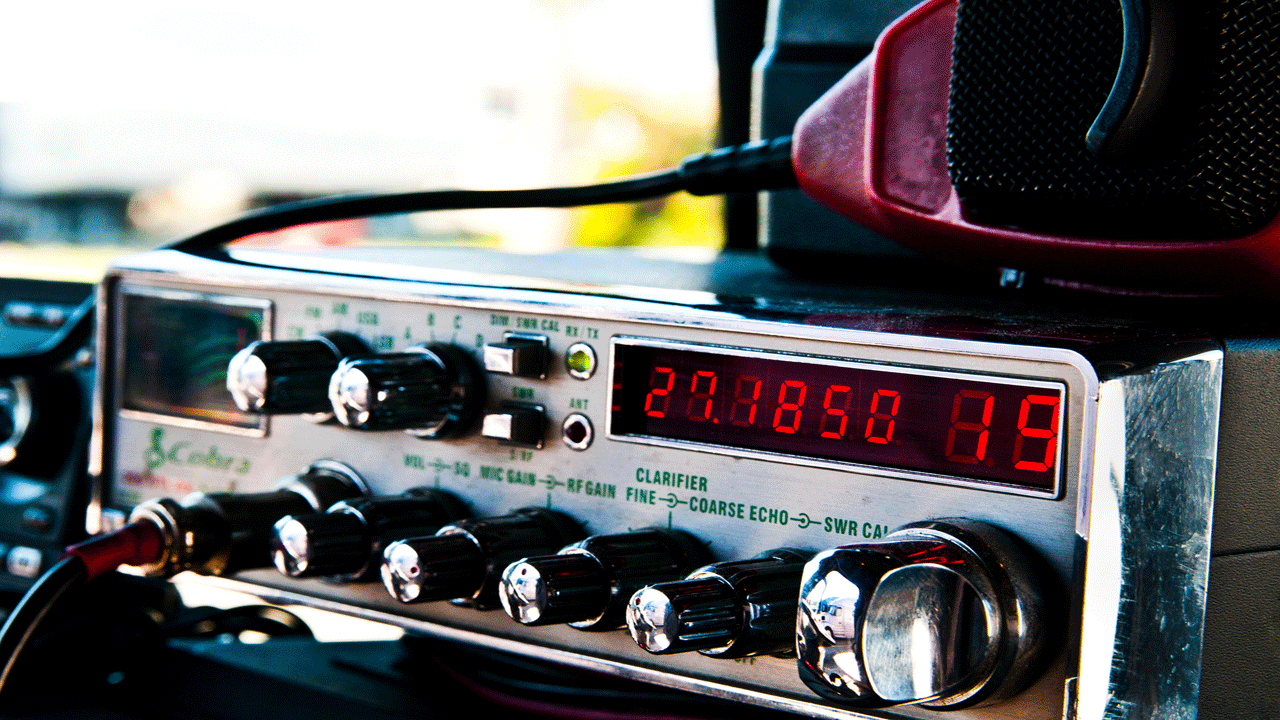
CB radios gained popularity during the 1970s and 1980s as a means for individuals to connect within short distances, and they remain popular among truck drivers, travelers, and hobbyists for informal chats or updates on traffic conditions. In times of disaster or emergencies, CB radios serve as invaluable communication tools when traditional phone lines and other communication methods are unavailable due to their operation on distinct frequencies.

Ham radios use amateur radio frequencies and can reach beyond typical shortwave radios, making them valuable for emergencies when traditional methods fail. They have been used in natural disasters like hurricanes, earthquakes, and floods to coordinate rescue operations and provide vital information.
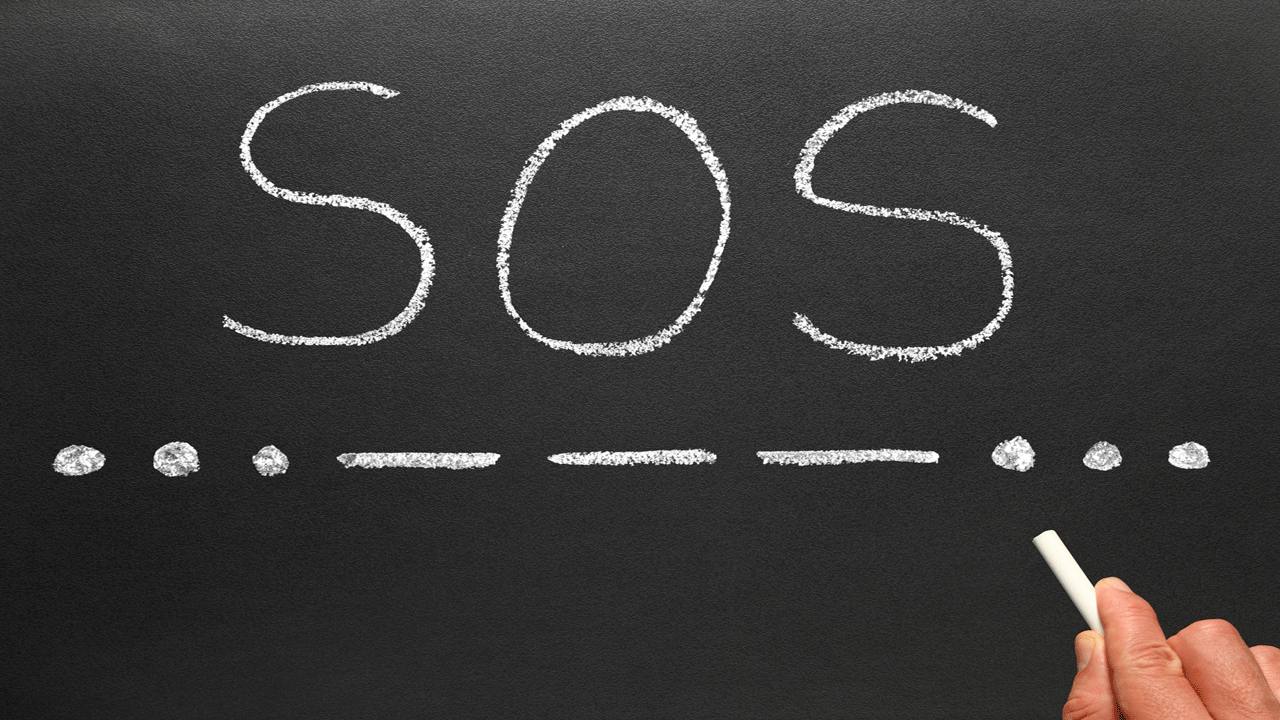
Morse code sends messages through dots (short) and dashes (long) using sound or light signals. First developed in the 1830s by Samuel Morse for telegraph communication, it became widely used during World War II to transmit secret military messages. Today, it is still taught and used by amateur radio operators and has even gained popularity as a form of communication in survival situations.
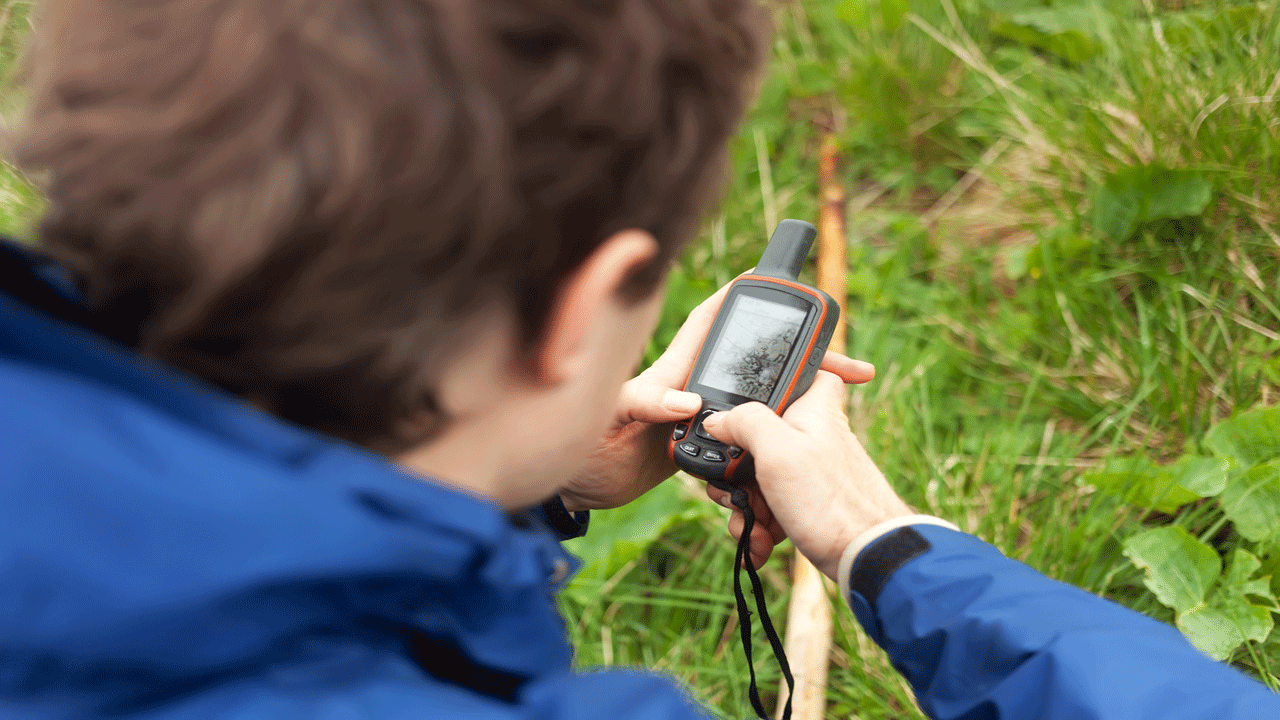
Satellite phones utilize orbiting satellites for communication and can provide a lifeline for those stranded or injured in remote locations without access to traditional forms of communication. Remote workers, adventurers, and military personnel operating in regions lacking cell phone coverage or landlines use these devices to stay in contact with others.
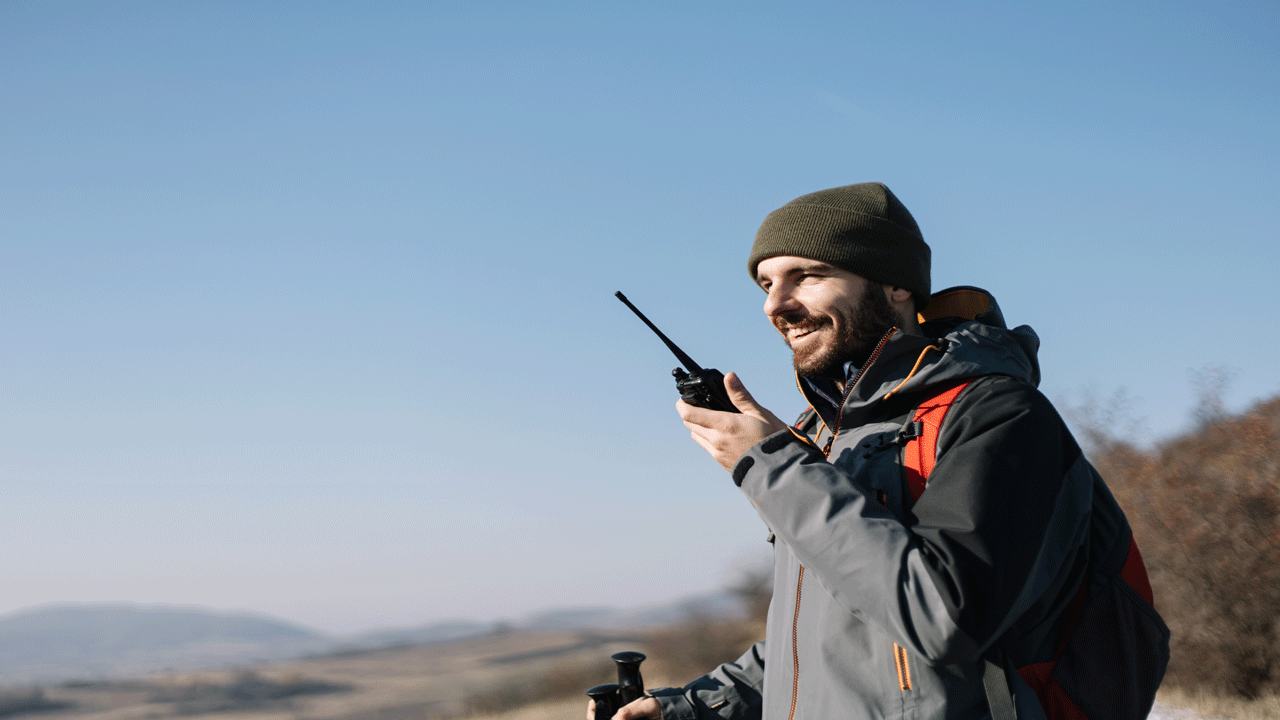
Today, we have various types of two-way radios, allowing more efficient communication. FRS and GMRS are two types of walkie-talkies that use specific frequencies to send voice messages over short distances. These radios are ideal for personal use by families or small groups during outdoor activities. They are perfect for emergency situations when other forms of communication may not be available or reliable.
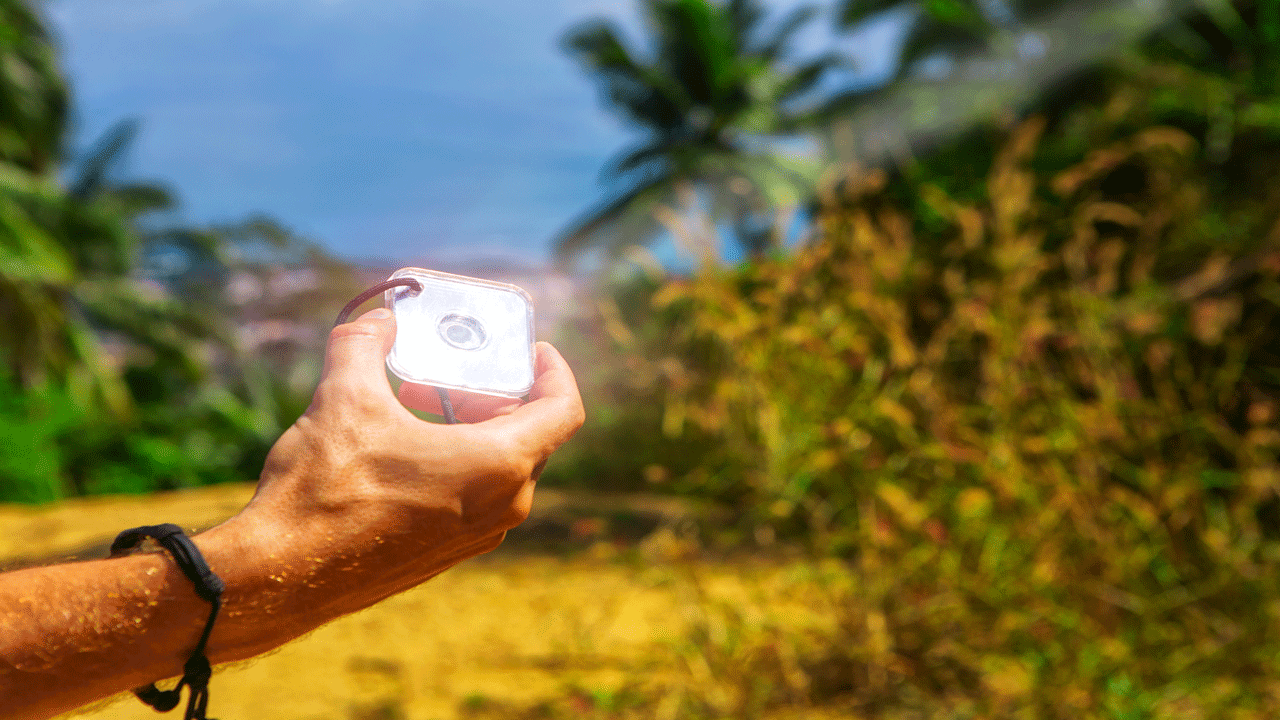
Mirrors may not seem like a traditional form of communication, but their use dates back centuries to signal and pass messages over long distances. The military used mirrors during ancient times to reflect sunlight and send signals across battlefields. They are still used in emergencies to attract attention or signal for help.
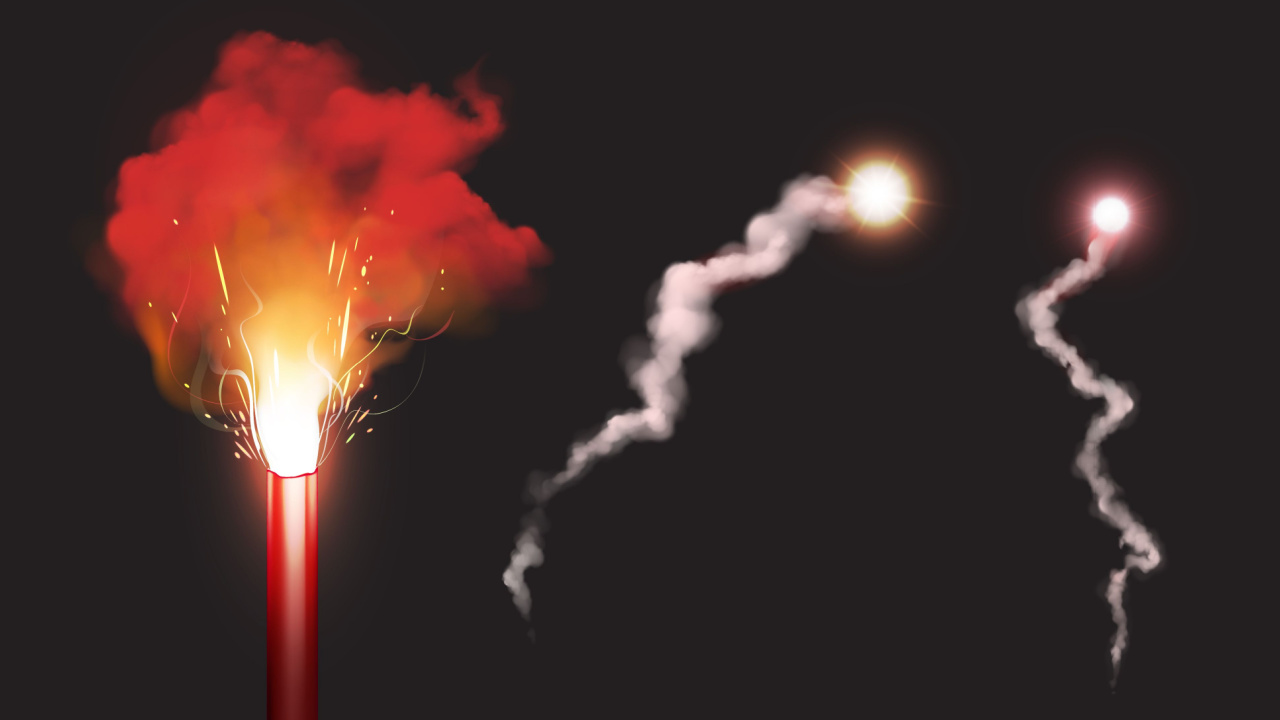
Flares are another type of visual signaling device that many use in emergencies, most notably on the side of highways indicating an accident. They produce bright lights and smoke, which can be seen from great distances, making them an effective method of communication when other forms may not be available.

Whistles have been around since ancient times, used by sailors on ships to signal commands or alert others of danger. Many hikers and outdoor enthusiasts carry whistles with them as a way to signal for help if they get lost or injured in the wilderness.
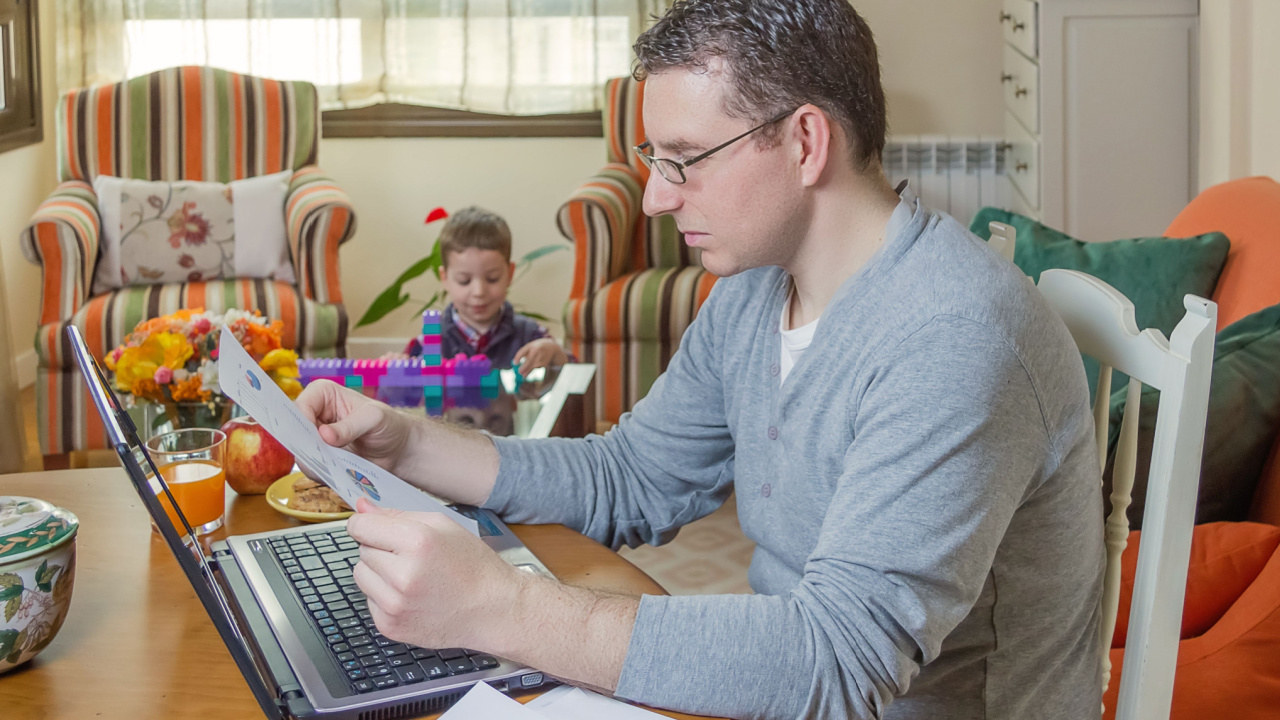
Mesh networking is a communication system that allows devices to communicate without needing traditional infrastructure, such as cell towers or wifi routers. In a mesh network, each device acts as a transmitter and receiver, relaying messages between other devices until they reach their intended destination.

Glow sticks are useful for emergency signaling and marking locations in low-visibility conditions. While not a traditional communication tool, they can help indicate a presence or guide people in the dark.
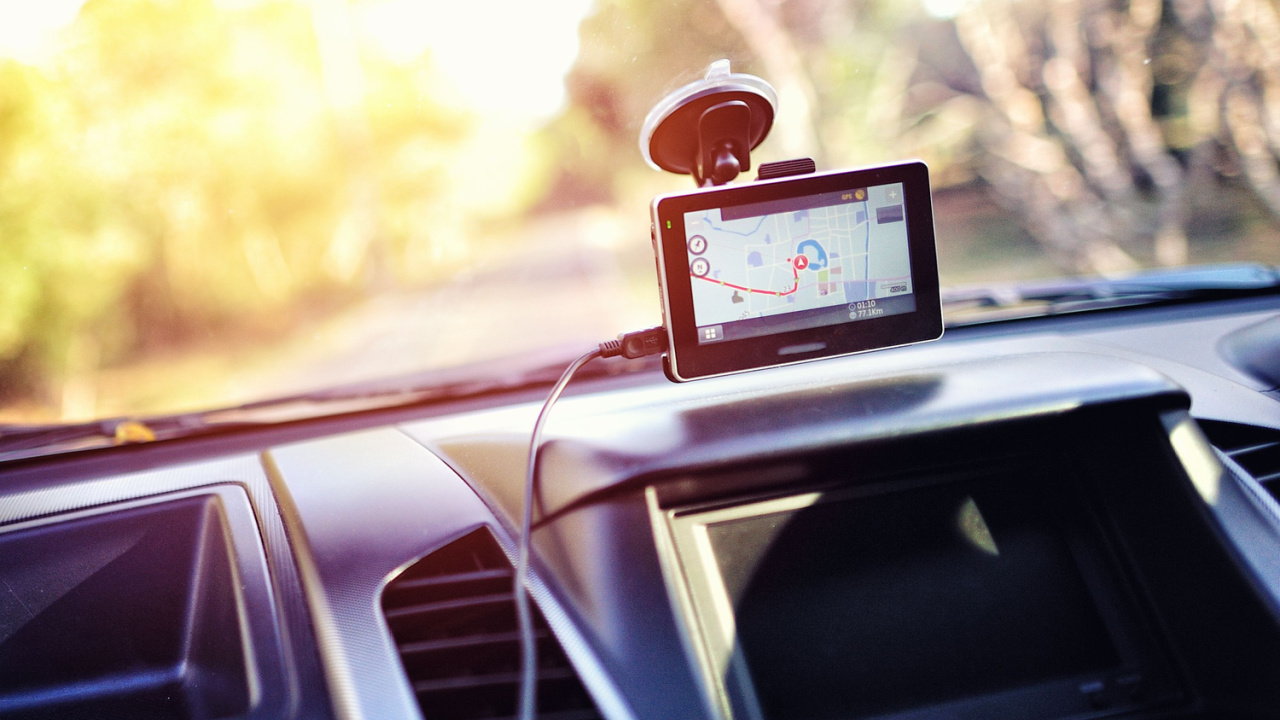
GPS messengers are compact devices that use satellite technology to send pre-set messages and location information. They are essential for communication in emergencies, particularly in remote areas without cell service, and often come with SOS buttons for added safety.

Notes or letters are a great way to communicate during a disaster or emergency to convey critical information, such as evacuation plans, updates on safety procedures, or messages of hope and support. Planning drop-off locations for written messages and establishing a distribution system for the intended recipients is essential.
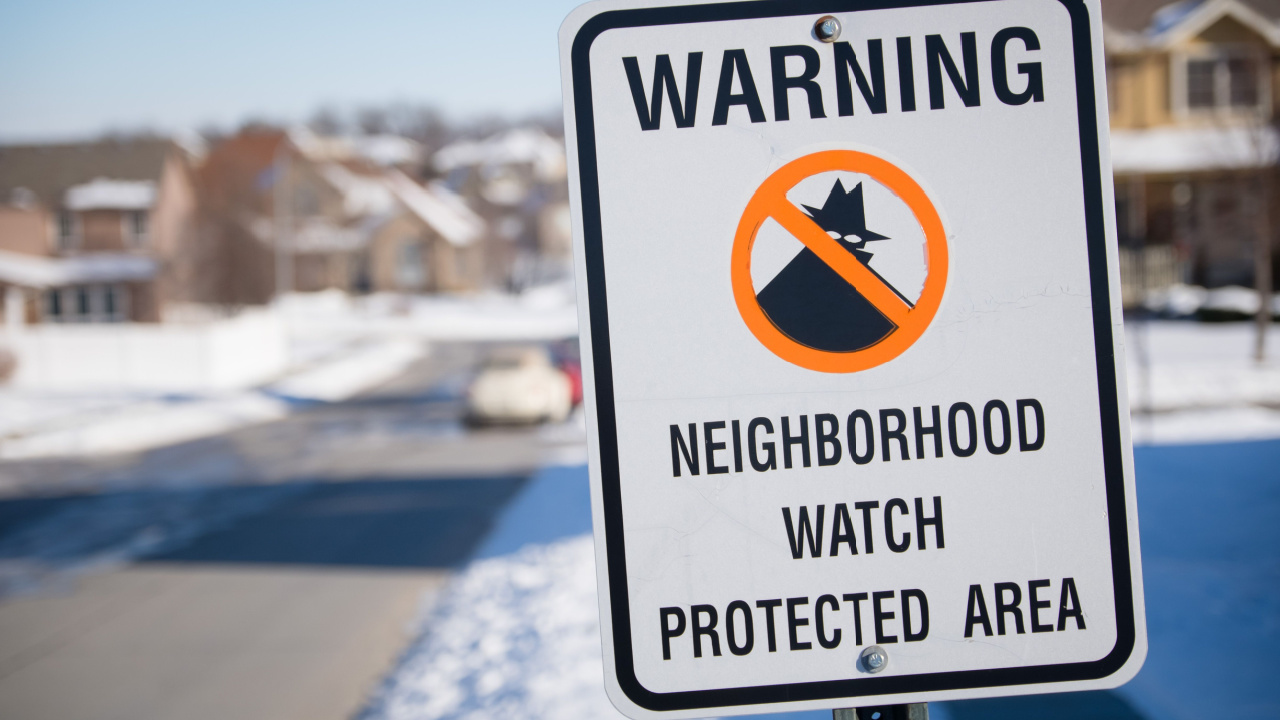
In times of disaster or emergency, clear and visible signs can be a way to communicate with others and provide important information. Signs can be placed on trees with directions or essential information for those passing by. Using materials that will withstand the elements and remain visible in low-light conditions is essential.

Word-of-mouth communication has been a reliable way to convey information throughout history, particularly in the absence of technology. However, it’s important to ensure information remains accurate and undistorted during its transmission.

In power outages or communication loss, an emergency hand crank radio can be a lifesaver. These radios can be powered by manually cranking a handle and often have the option to use batteries or solar power to provide access to crucial news and information.

While many people have switched to using cell phones as their primary form of communication, landlines can still be a valuable tool in emergencies. They do not rely on electricity or cellular networks, making them more reliable in specific scenarios.
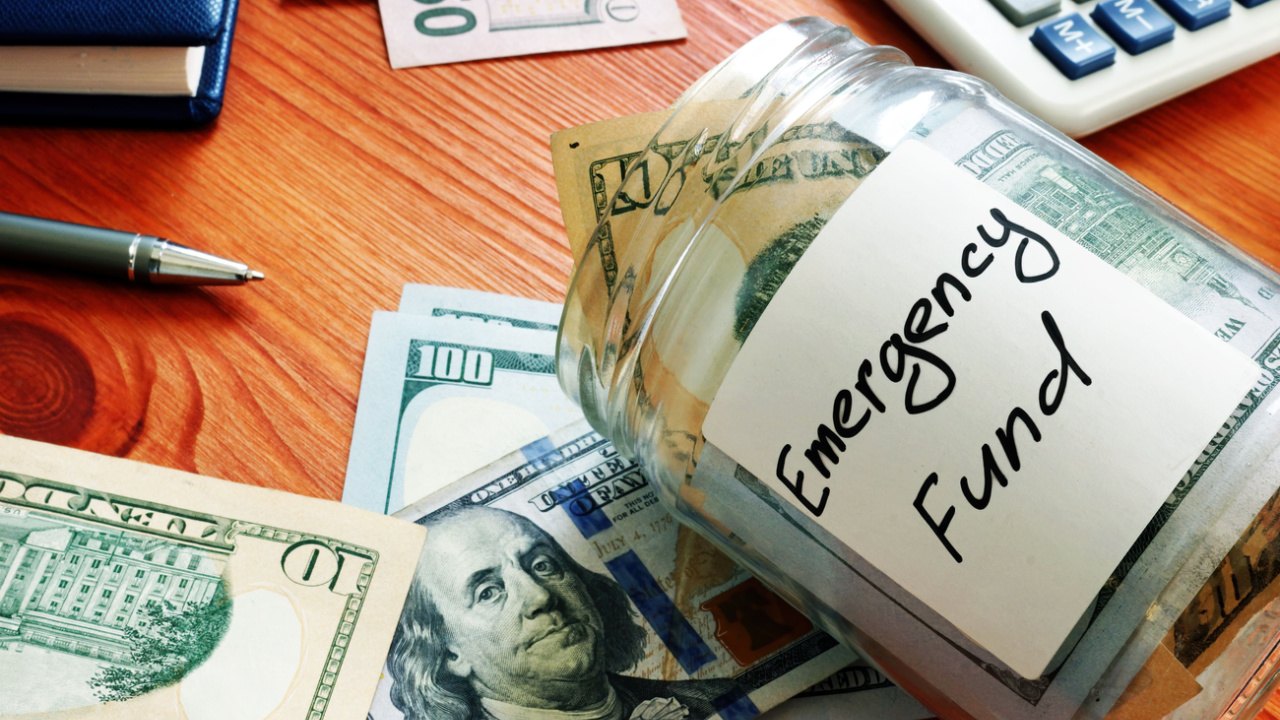
In times of uncertainty, financial stability is more crucial than ever. While prepping for physical emergencies is vital, don’t overlook financial prepping. Avoiding these common money mistakes can help make sure you’re in a stronger position to weather any storm.
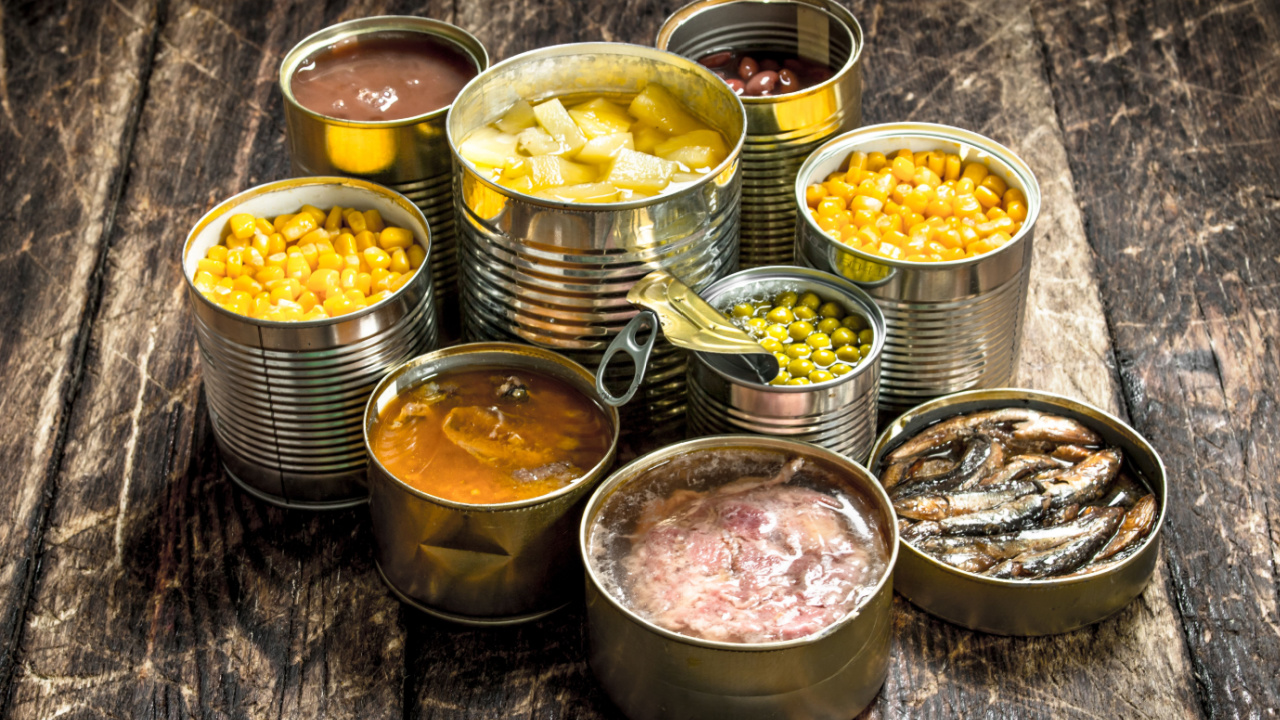
I firmly believe in keeping a well-stocked emergency pantry. While fresh food is ideal, in a survival situation, we may not be that lucky. So, for my family, even though we grow a lot of our own food, canned goods play a crucial role in emergency preparedness. They offer a reliable source of nutrition when access to fresh produce may be limited. The goods you stockpile should be affordable, easy to store, and full of nutrition.
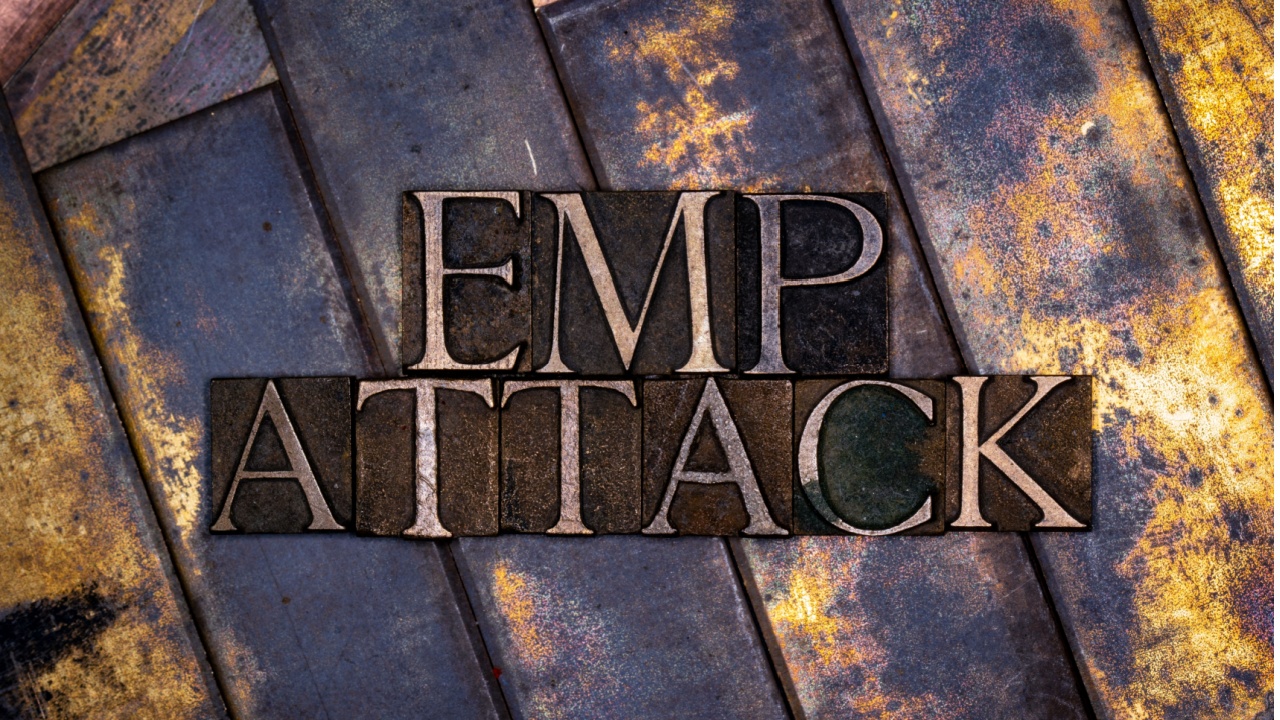
In today’s uncertain world, the looming threat of an electromagnetic pulse (EMP) attack is a stark reality that catches many off guard. An EMP strike holds the power to severely disrupt our modern society, leading to widespread disorder and devastation. From paralyzing our power grid to incapacitating communication networks, the aftermath of such an attack could be catastrophic.
